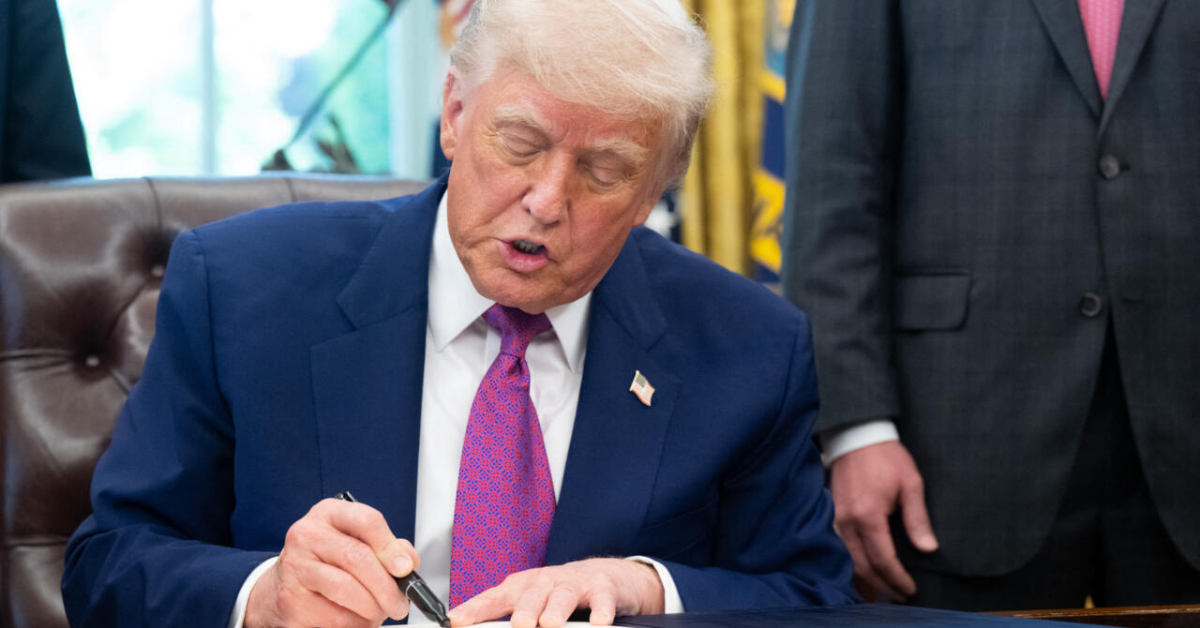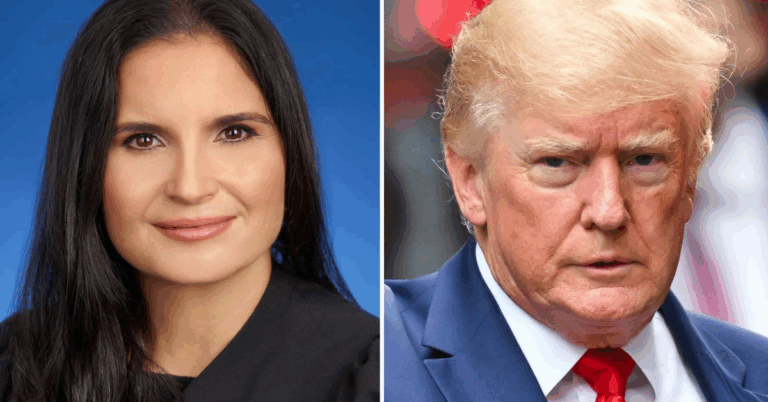
In a surprising move, former President Donald Trump has signed an executive order targeting the reduction of prescription drug advertisements on television and social media platforms. This decision comes amid growing concerns that excessive advertising may mislead consumers and contribute to the public’s misunderstanding of medications. It aims to protect viewers, especially younger audiences, from aggressive marketing tactics used by pharmaceutical companies.
The order intends to promote clearer, more responsible communication about drug benefits and risks, potentially changing how millions of people receive information about their health options. The new regulations could impact not only American consumers but also influence global advertising practices due to the extensive reach of American media.
Why Limit Drug Advertisements?
Drug advertisements, especially on TV and social media, have become a major part of how pharmaceutical companies reach the public. According to the Mayo Clinic, these ads often focus on the benefits of medications but do not always clearly communicate the risks or side effects. Many critics argue this can lead to overconsumption and unrealistic expectations.
Moreover, the American Medical Association has raised concerns about the influence of such ads on patient demand, sometimes pressuring doctors to prescribe unnecessary medications. By signing this executive order, Trump aims to reduce these pressures and encourage more fact-based information sharing that prioritizes public health over profits.
What Does the Executive Order Say?
The executive order directs the Food and Drug Administration (FDA) and other relevant agencies to review current guidelines on direct-to-consumer (DTC) drug advertising. It calls for stricter rules around how pharmaceutical companies present their products, demanding that all ads clearly state important drug information such as possible side effects and truthful efficacy claims.
Social media platforms are also included in the new focus. Since many young people get a large portion of their health information online, the order emphasizes creating safeguards against misleading or incomplete drug ads in digital spaces. According to the FDA, clear guidelines will help balance marketing needs with consumer protection.
Impact on Consumers and Pharmaceutical Companies
For consumers, this change could mean fewer flashy commercials and sponsored social content but much clearer and more honest information when it comes to medications. Health experts believe that better regulation will empower patients to make informed choices and consult healthcare providers without undue influence from advertising.
Pharmaceutical companies might find these restrictions challenging, as drug advertising is a major tool for brand promotion and sales. However, industry leaders are expected to adapt by presenting more responsible advertising practices. Market analysts suggest this could improve the overall trust between drugmakers and the public, benefiting the health sector.
Global Significance of the New Order
Since the United States is a leader in global media and pharmaceutical markets, such a policy could have international effects. Countries with emerging pharmaceutical industries and growing social media usage, including India, may monitor these developments closely. If successful, similar laws might be adopted elsewhere, leading to a more regulated and ethical approach to drug advertisements worldwide.
This executive order reflects a broader trend of governments trying to protect citizens from misleading commercial influences, especially in healthcare. Nations like Canada and Australia already have strict controls on pharmaceutical ads, and the US move might inspire global cooperation on this front.
Conclusion: A Step Toward Responsible Drug Advertising
Trump’s signing of the executive order to limit drug ads signals a push for more responsible healthcare communication. By controlling the volume and content of these advertisements on TV and social media, the government hopes to inform and protect consumers better. This is especially important for young people, who are easily influenced by online ads and might not always verify the information’s accuracy.
As this policy begins to take effect, viewers can expect more balanced drug information in their daily media consumption. Industry watchdogs, health professionals, and consumers alike will be watching closely to see how this new approach transforms drug advertising and public health outcomes.









